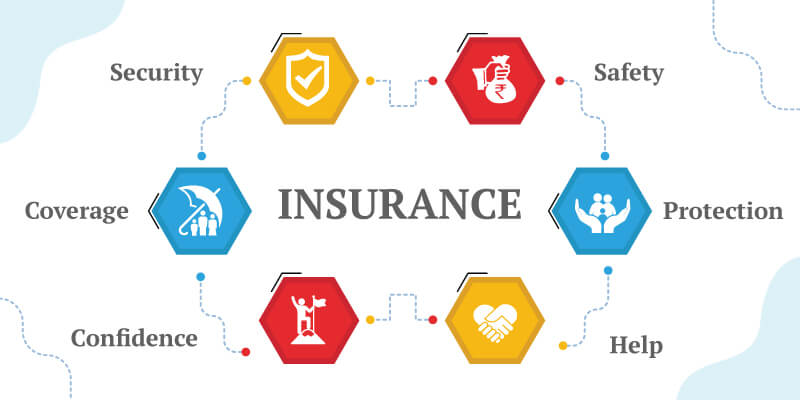Content Attributes
Chargebacks are a useful financial tool for consumers and provide them an easy way to dispute suspicious transactions and protect themselves from improper debits or fraud. However, for online businesses, chargebacks have negative consequences. Not only financial losses but also the possibility of penalties or blocked merchant accounts.

Although chargebacks are part of today’s online business, there are ways to reduce or prevent them. In this article, we’ll explore what chargebacks are, how the process works, and ways to avoid them.
What’s a Chargeback?
A lot of people are wondering when they hear about the chargeback. In fact, there’s nothing complicated about it once you understand it. It is the process of canceling a payment that has already been made when the buyer disputes the debit on his account at the issuing bank.
As an example, consider the case where a customer receives damaged goods from an online store. The customer has two options: ask the seller for a replacement or refund, or contact the issuing bank and ask for a chargeback.
Another example is the merchant made a mistake while processing the payment and accidentally debited the same amount from the customer’s account twice. After the cardholder sees the statement with the incorrect transaction, they usually ask the bank to cancel the transaction on the account.
Once the issuing bank approves it, the customer will receive the transaction amount back in full. However, if the seller is confident that the transaction was legitimate, they can appeal the decision by providing the bank with the necessary documents and proof of his case.
Chargebacks vs. Refunds
EСommerce sellers often confuse chargebacks with refunds. These transactions involve refunds to the buyer, but they work differently.
An order refund occurs when the buyer contacts the seller according to their return policy. But the seller may decide that the item was not damaged, that it arrived on time, or that there is no reason to refund the buyer. In that case, the cardholder contacts the issuing bank to cancel the payment. The chargeback process itself requires investigation by the issuing bank and takes much longer than a regular refund.
How do Chargebacks Work?
The chargeback process involves the buyer, the seller, the issuing bank, and the acquiring bank in several stages. If we take a closer look, it usually looks as follows:
- The buyer wants to cancel a transaction to buy a product or service and appeals to the bank that issued the payment card from which the payment was made. Different banks give different deadlines for this action.
- The bank reviews the request, asks the customer for additional evidence, assigns a reason code, and initiates a chargeback.
- This request is then sent to the acquiring bank through the card schemes.
- The acquirer debits the amount of the chargeback from the merchant’s account. In addition, the bank deducts a fee for this transaction.
- The merchant reviews the chargeback and decides whether to dispute it or keep it. If they choose to fight the chargeback, the merchant provides proof and necessary documents within 14-50 days, depending on the terms of the card scheme. After that, the acquirer forwards the decision to the issuer.
- After reviewing the appeal, the issuer decides whether to accept or reject it. If the protection is accepted, the acquirer returns the money to the merchant. If the appeal is denied, everything remains as it was.
How to Prevent Chargebacks?
Although chargebacks are inevitable in online trading, it is important to be able to prevent them. Because such transactions entail severe financial losses. After all, in the chargeback process, the buyer is charged not only the amount but also additional fees. In some cases, the total amount can exceed the original transaction by 2-3 times.
Moreover, banks and card networks can penalize your merchant accounts if you have a high chargeback rate. Even winning disputes still counts toward your chargeback ratio. That’s why it’s important to prevent chargebacks. Chargeback solutions can help companies do just that. Companies like Chargebackhit allow you to prevent disputes before they happen. The company has unique tools and algorithms that allow you to transfer information about purchases, shipping details, and other important data to recognize transaction details and prevent chargebacks. There are also other ways to reduce chargebacks that you should pay attention to.
Make Returns Easy
To reduce the chance of a chargeback, it’s important to make the return and refund process simple. Do refunds at the customer’s first request. It’s also important to have a clear and straightforward refund policy on your site. Your contact information should be in an accessible place so that the customer can always contact you to resolve disputes.
Deliver the Goods to the Customer on Time
Try to deliver the product to each customer on time, or better yet, sooner. If you have a problem with the delivery process, let the customer know as soon as possible.
Always keep track of packages so you can monitor the delivery date. Ask customers to sign for the package when they receive it. If you can’t deliver on time, offer customers a refund right away.
Avoid any Miscommunication
It is important to avoid any misunderstandings from customers to prevent chargebacks. Make sure your merchant account payment descriptor is accurate and clear so that customers have no questions when reviewing their bank statements.
Answer any questions from customers as quickly as possible, assist them in resolving disputes, and be respectful. In addition, it is important that descriptions and images of products on the site be simple and informative. You should also warn customers that items are out of stock before they order them.
Prevent Fraud
Fraudulent chargebacks are common, so it is important to use authentication tools such as AVS, CVV, and 3D Secure to prevent them.



